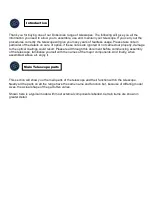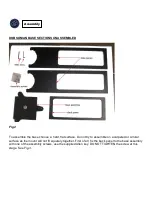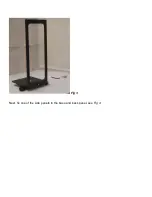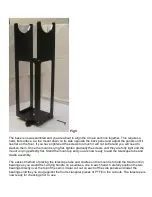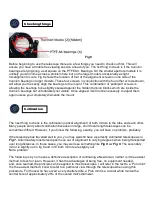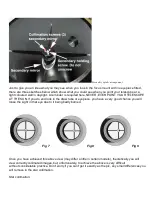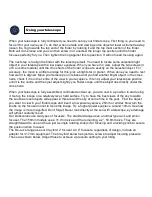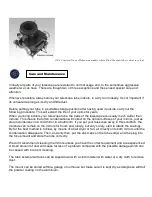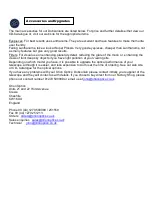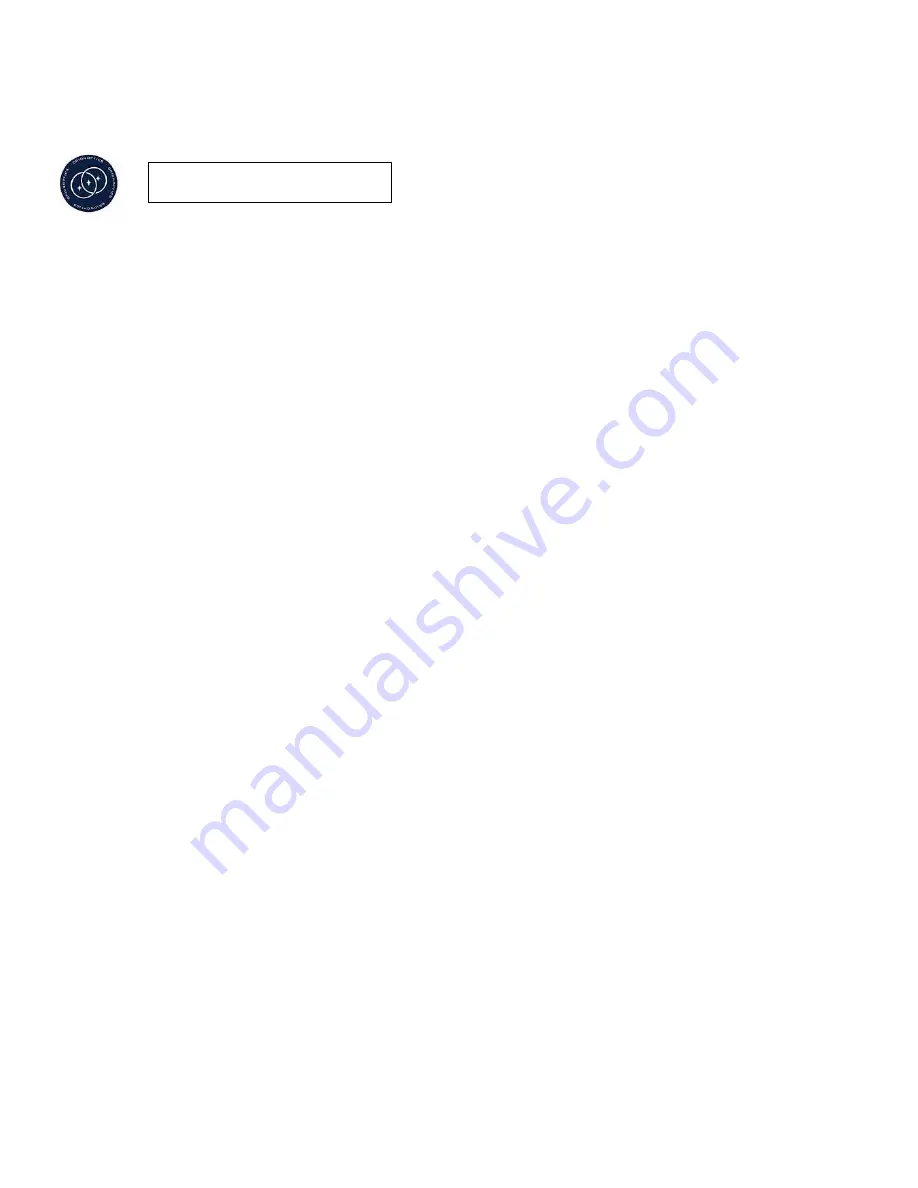
When your telescope is fully collimated you need to set up your finder scope. First thing is, you need to
focus it for your own eyes. To do that, when outside and viewing some object at least a kilometre away,
loosen the ring towards the top end of the finder by rotating it and the top most section of the finder.
Both will come loose and you can then screw in or unscrew the longer top section until the finder
focuses perfectly for you. Then tighten the ring against this top section. It will not need focusing again.
The next step is to align the finder with the telescope itself. You need to locate some celestial bright
object in your telescope with a low power eyepiece. When you have it in view, adjust the two screws (3
or 6 on some models) until the cross hairs of the finder scope are exactly on the celestial object. For
accuracy, the moon is a little too large for this; pick a bright star or planet. When done you need to test
how well it is aligned. Move your telescope on its base until you find another bright object in the cross
hairs, check if it is in the centre of the view in your eyepiece. If its not, adjust your telescopes position
until it is the centre and then just adjust slightly you finder scope until the object lies directly under the
cross hairs.
When your telescope is fully assembled, collimated and set up, you are now in a position to start using
it. Set up the ‘scope on a relatively level, hard surface. Try to have the best views of the sky towards
the south as most objects will appear in this area of the sky at some time in the year. Find the object
you want to view in your finderscope and insert a low power eyepiece, 25mm or similar. Now turn the
knobs on the focuser mount to focus the image. Try a higher power eyepiece, around 10mm. See how
the image is more magnified. Don’t forget, Never look directly at the sun with a telescope, eye damage
will almost certainly result.
Our Dobsonians use two types of focusers. The standard range uses a normal type rack and pinion
focuser. The 150mm models use a 31.7mm size and the remaining, a 2”, 50.8mm size. They are
straightforward to use and have just a simple rotating knob(s) for focusing and a locking knob to secure
the position when focused.
The De-Luxe range use our Crayford 2” focuser. All 2” focusers, regardless of design, include an
adaptor for 31.7mm equipment. The Crayford below has just two screws to adjust focusing pressure.
These are shown below. Adjust these to achieve a pressure setting to your liking.
Using your telescope


